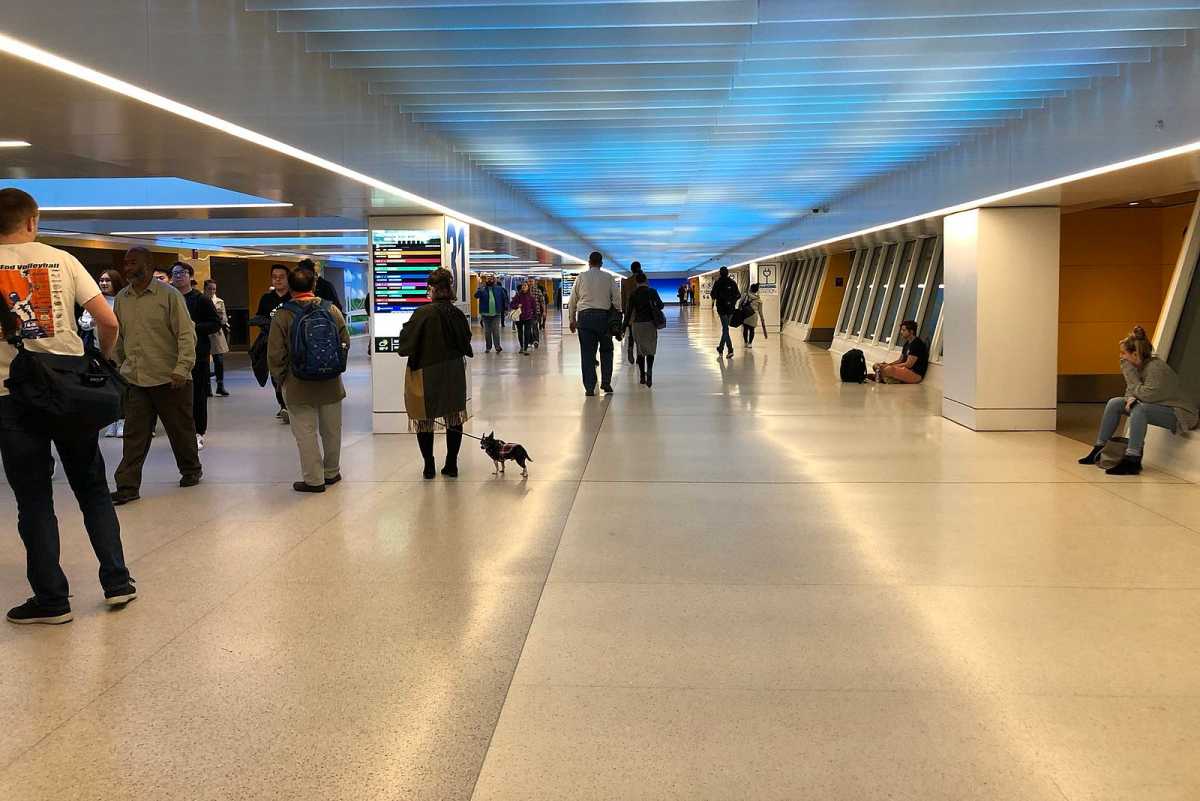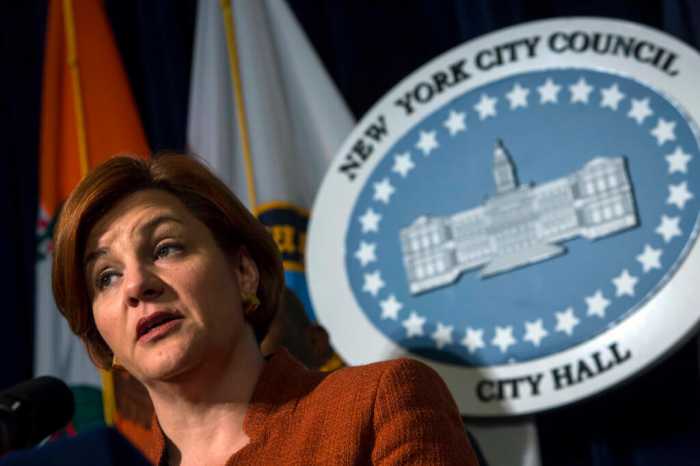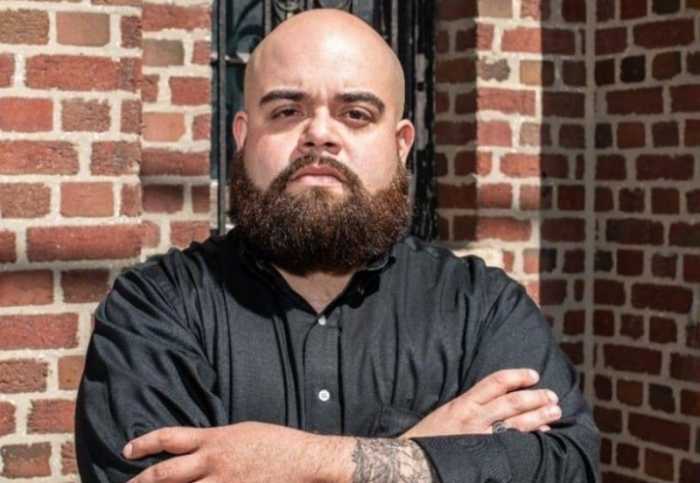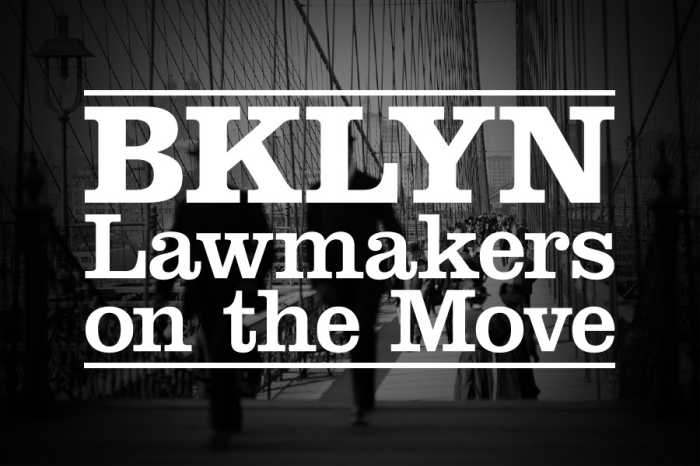Since its grand opening, the Moynihan Train Hall has garnered plenty of acclaim for expanding and modernizing one of the City’s busiest and most crowded train stations. The hall even netted the Regional Plan Association’s “Project of the Year” award in January.
Not all of its reception has been equally warm, however; some articles, like this one from Newsday, have called attention to the fact that the space is specifically designed not to be accommodating to homeless people. Newsday reporter Matthew Chayes noted that seating is only available to those with tickets, and the building closes between 1 and 5 a.m. every night. Even the seats in the passenger waiting area are lined with wooden bars, discouraging reclining and sleeping.
Obviously, the Moynihan Train Hall isn’t the only offender in this regard. In the City, there are plenty of examples of architects using “hostile architecture” to discourage or outright prevent homeless people from lingering in public spaces. With this in mind, we asked the candidates for City Council District 3 how they would address homelessness in the district; would they seek to make the district’s public spaces more accommodating to the homeless, or would they attack the problem at its source by making sure that as many residents as possible have access to temporary or permanent shelter?
Here’s what they said:
Marni Halasa

“In the past several months, I have had press conferences in front of the hotels in Midtown West to push for permanent housing for the unhoused, given the abundance of empty hotels and buildings in our district. If we had the imagination and political will to permanently house our district’s homeless, along with quality supportive services in those buildings, we could solve the crisis. No matter who you are, housing is a human right and people need to live in dignity.
“But public seating is also a matter of dignity. The newly-built Moynihan Train Station, deprived of public seating (unless you have the money to buy a ticket), is in need of a compassionate makeover. But so is the 23rd F/M subway station that removed benches for sole purpose of deterring the homeless people from sleeping. Such is the definition of ‘hostile architecture’, designed to disproportionately inflict suffering on the unhoused. And the same people that decry systemic racism in our institutions, often have no problem creating spaces that intentionally repel populations in need — LGBTQ youth, people with disabilities and people of color.
“Our district needs both permanent housing for the homeless, as well as public spaces with comfortable public seating. And spaces should be designed to welcome everyone. If I am elected, I will make both a priority. A competent government should be able to design public spaces where the public can relax, while at the same time address the root of homelessness. This administration has chosen not to, instead prioritizing gentrification over a social safety net. I am running to change this.”
Aleta LaFargue

“When political leaders succumb to anti-homeless hysteria we stop proactively looking for solutions to house the homeless permanently. Removing benches from public areas to remove homeless people from the public eye also removes services from our elderly, disabled, pregnant women, and mothers with small children or anyone who needs to have a seat. The blatant lack of compassion I have felt in this City for all those who I previously listed is what has prompted me to run for office. This appears to me to be an attempt of the Governor to keep his pretty new station from being sullied by those who he refuses to provide services for. And frankly, this is not the only station where they have removed such services.
“Some potential solutions:
- The state can convert unused corporate space to low rent apartments with social services present onsite throughout NYC.
- The city can convert abandoned hotels throughout NYC to low-income apartments with onsite services. I am not talking SROs. I am talking studios, 1 bedrooms, and multi-bedroom apartments for families with children. Convert them into real apartments now so men, women, and families can move out of these under-serviced hotel locations during the pandemic.
- We should be increasing the budget to homeless outreach groups to create more points of contact with those New Yorkers who do not want to utilize the system. We know it takes many attempts to get a New Yorker off the street and into a safe warm bed.
“The humanitarian crisis we face can only be solved proactively.”
Leslie Boghosian Murphy

This conversation illustrates the ways that we have failed as a city. The new public space “industry design standard” exemplified by Moynihan Station is a response to our failure to provide adequate space for all people to live and rest. Rendering public spaces inhospitable to one portion of the population (in this case the homeless) renders them inhospitable to everyone: persons with physical disabilities, mothers and young children, senior citizens and anyone who’s ever had time to kill and wants a comfortable place to sit without paying $5 for a coffee.
It also, of course, does nothing to address the root causes of homelessness, and is therefore exactly the kind of quick fix so often sought by elected officials who lack the political will to acknowledge that complex problems require complex solutions. Our campaign has been working closely with individuals who have firsthand experience working with the homeless at organizations like Breaking Ground, Housing Works and Care for the Homeless. There are things we can do immediately to improve lives, like the implementation of the self-cleaning public toilets that have been paid for by the city but are currently sitting in a warehouse in Queens.
There are things we can do in the near term, like the purchase and thoughtful transition of some of the city’s boutique hotels that are currently for sale into family and individual SRO temporary housing. And then there are the longer-term, underlying goals we should be pursuing to keep people in their homes in the first place, which include allocating resources for those with mental health, domestic violence and substance abuse issues. To successfully tackle a complex problem like housing justice we need a multi-faceted approach that will lay the foundation for positive change today and in the long term.
Erik Bottcher

“The nighttime closure of the subway and removal of benches has demonstrated callous disregard for our unsheltered neighbors. It is a disgrace that in one of the richest cities in the world, nearly 80,000 adults and children are forced to live in shelters and temporary housing. Thousands more are living on the streets, many in Council District 3. This is because our city, state, and country have failed to address the crises of affordable housing, jobs, education, systemic racism, substance abuse, criminal justice, mental health, and more.
“To help individuals and families avoid the shelter system altogether, I will fight to extend the moratorium on evictions, merge our affordable housing and homelessness policies, increase rental assistance, preserve NYCHA, expand legal representation for those facing eviction, and increase post-incarceration services to keep people off the streets when they are most vulnerable. Additionally, to most directly help our unsheltered neighbors who are most affected by architecture that is designed to deter them, I will fight to expand supportive housing infrastructure and promote the creation of safe haven shelters that are, unlike our current system, both safe and welcoming.
“To truly address homelessness, we need to preserve and create affordable homes. I’ll ensure that developers seeking land use approvals generate significant affordable housing and other benefits for the community. I will be a strong advocate for the residents of NYCHA, and will ensure that their homes receive the long overdue repairs and upgrades. I’ll push back forcefully against any attempts to weaken our rent laws, so that rent-regulated residents are protected. I’ll fight to expand rental assistance vouchers, to extend the moratorium on evictions, and protect tenants who are subject to illegal harassment. As a Council Member, I will host monthly housing clinics in his office with free legal assistance for renters to help solve serious housing issues.”










